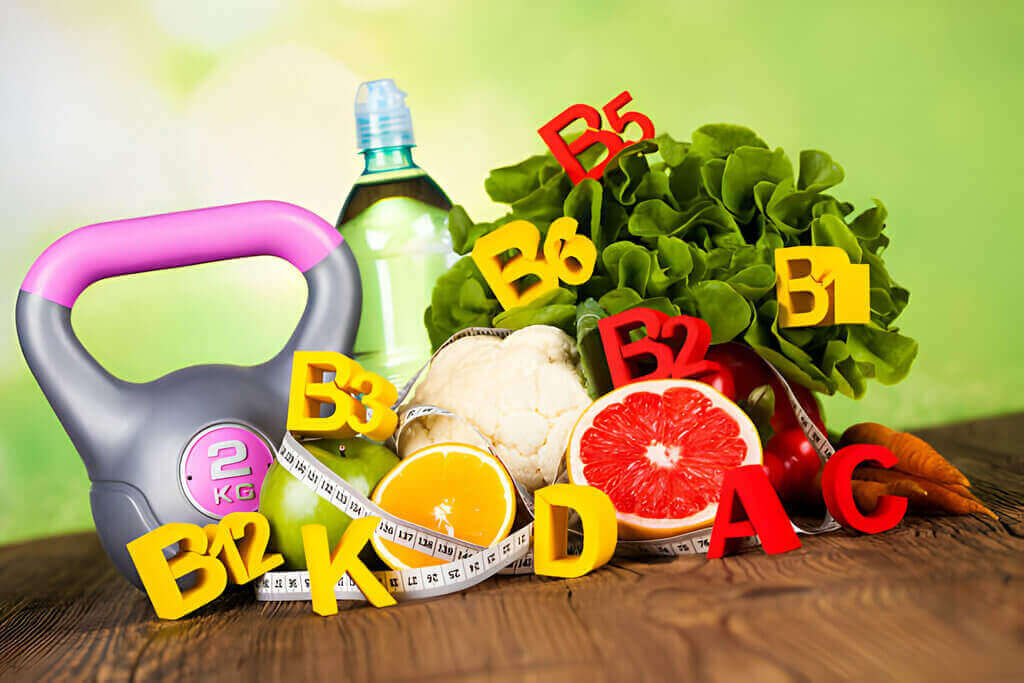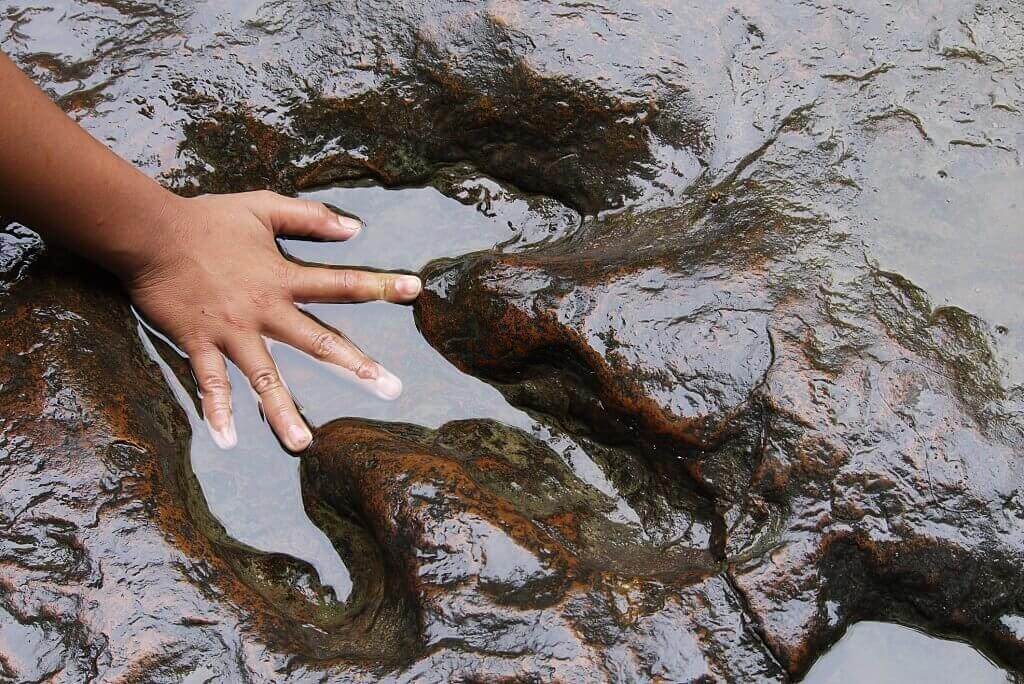🕺 National URBAN BALLROOM DANCING Day ORIGIN & HISTORY
National URBAN BALLROOM DANCING Day celebrates the vibrant and diverse styles of ballroom dancing that have emerged from urban communities across the United States on the 2nd Saturday in March. These partner dances blend elements of traditional ballroom styles with contemporary urban flair!
Dancing’s not only fun, but it’s also great exercise! Urban ballroom dancing can improve cardiovascular health, flexibility, coordination, and balance. Plus, it’s a fantastic way to relieve stress and boost your mood, making it a holistic form of self-care.
The roots of urban ballroom dancing can be traced back to black communities in cities such as Detroit, Atlanta, Chicago, Baltimore, Cleveland, New York City, and Washington DC. These communities developed unique dance styles that blended elements of traditional ballroom dance with local music and cultural influences.
Don’t confuse any of these styles below with any modern hip hop dance moves that share the same name.
DETROIT Ballroom
One of the earliest forms of urban ballroom dancing, Detroit Ballroom, emerged in the 1970s. Also known as “Detroit Style Ballroom” or “The Detroit Walk”, this style is characterized by its smooth, gliding movements and intricate footwork, often danced to R&B, soul, funk, and jazz music.
CHICAGO Steppin’
Similarly, Chicago Steppin’, originating in the Chicago area in the 1970s, combines elements of ballroom dance with African American social dance traditions. Steppin’ is characterized by its graceful movements, syncopated rhythms, and improvisational style. And is often danced to soul, jazz, and blues music.
Partner dances in Chicago were influenced by East Coast Swing dances like the Jitterbug and the Lindy Hop. The tradition of Steppin’ in Chicago dates back to the late 1940s and early 1950s, originally known as Bopping. It evolved alongside soul music, mirroring the evolution of street corner harmony soul songs with musical bands.
Chicago Stepping is a dance characterized by its slotted movement, sharing similarities with New York Hustle and West Coast Swing. Music videos from R. Kelly and Beyoncé featuring Stepping played a significant role in bringing the dance into the national mainstream culture.
BALTIMORE Boppin’
Baltimore Bop, another urban ballroom style, emerged on the lively streets of the Baltimore area in the 1980s and 90s. It features energetic footwork, spins, and partner interaction, typically danced to upbeat R&B and hip-hop music.
Spread and INFLUENCE
Over the years, urban ballroom styles have gained popularity beyond their originating cities, with dance enthusiasts and communities across the country embracing and adapting them. These styles have contributed to the rich tapestry of American dance culture, highlighting their contributions to the more focused ballroom dancing tradition.
While the exact date of National URBAN BALLROOM DANCING Day may not be fixed, it’s often confused with National BALLROOM DANCING Week, which occurs in September. This provides an opportunity for dancers, instructors, and communities to showcase, celebrate, and promote urban ballroom dancing in all its forms.
Possible ORIGINS
Although the precise birth of National URBAN BALLROOM DANCING Day is somewhat unclear, ballroom dancing itself has a long history, dating back to 16th-century Europe. Initially, it was a pastime for the wealthy. Over time, it gained popularity with everyone, with new styles emerging from different cultures and social classes.
The specific style of urban ballroom dancing incorporates elements from African American and Latino dance forms. It’s definitely a day to appreciate the artistic expression, cultural heritage, and social aspects of Urban Ballroom Dancing.
🏙️ HOW to Celebrate & Observe National URBAN BALLROOM DANCING Day?
Not sure how to LOVE the day? We’ve got a few interesting ideas to consider that may help get you started.
Here are some activities that you can do on National URBAN BALLROOM DANCING Day!
💙 Take a CLASS
This is a perfect opportunity to try something new! Look for local dance studios or community centers offering urban ballroom dance classes or workshops. Joining a class is a great way to learn new moves, meet fellow dancers, and celebrate the day in a supportive environment.
Many dance studios even offer introductory classes in various ballroom styles like waltz, foxtrot, or salsa. Find a local studio and give it a whirl. You might surprise yourself with how much fun it is.
💙 Join a Flash MOB
Coordinate with other dancers in your community to organize a flash mob performance in a public space. Choose a popular urban ballroom dance routine, rehearse together, and surprise passersby with an impromptu dance performance.
💙 Learn the HISTORY of Ballroom Dancing
This style incorporates various dance forms that originated in Black and Latino communities. Research the rich history of Urban Ballroom Dancing and appreciate its cultural significance.
Take some time to research the history and cultural significance of urban ballroom dance styles. Watch documentaries, read articles, or listen to podcasts to deepen your understanding and appreciation of the art form.
💙 Watch a Ballroom Dance COMPETITION
Immerse yourself in the competitive world of ballroom dancing. Find a competition to watch online; check out local dance events, performances, or competitions featuring urban ballroom dancers. Support local talent and immerse yourself in the excitement of live dance performances.
💙 SHARE Your Moves
Record a video of yourself dancing in an urban ballroom style and share it on social media platforms like Instagram, TikTok, Facebook, or YouTube with the hashtags #NationalUrbanBallroomDancingDay, #UrbanBallroomDancing, #UrbanDance, #CulturalHolidays, #MarchHolidays, #Holiday, #FindADayToLOVE, #iHEARTdays to support the importance of celebrating, promoting, and sharing with the world why you ❤️ National URBAN BALLROOM DANCING Day.










![Step By Step Ballroom Dancing [DVD]](https://m.media-amazon.com/images/I/51DoQGiv0RL._SL160_.jpg)


